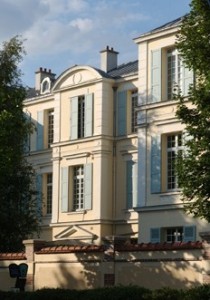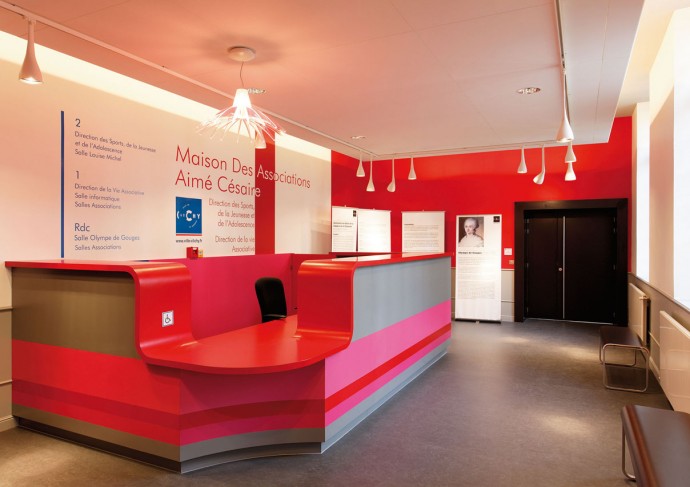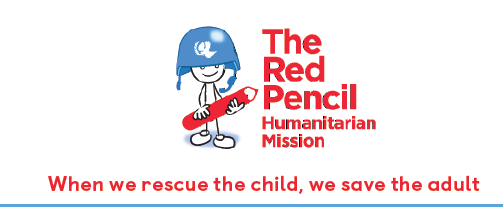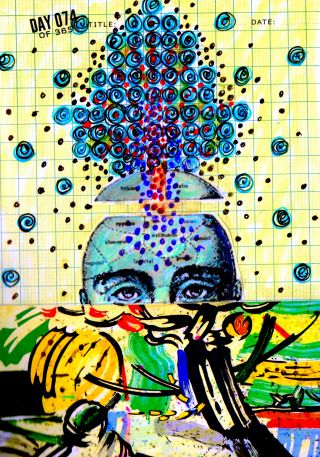Prochaine réunion
mercredi 18 mai 2016 à 18 heures
A la maison des associations de Clichy la Garenne
Salle Frantz Fanon
Métro Mairie de Clichy
Ligne 13


L’association
The Red Pencil est une association ayant le statut d’Institution d’utilité publique octroyé par le Ministère de la Famille et du Développement social de Singapour.
Notre vision
« Guérir le monde par les arts ».
Notre mission
« Apporter les bienfaits de l’Art-thérapie aux enfants, adultes et familles comme un moyen d’exprimer joie, équilibre et bien-être, avec une attention particulière à ceux qui traversent des circonstances bouleversantes pour lesquelles il n’y a pas de mots ».
The Red Pencil c’est aussi une vingtaine de missions dans une dizaine de pays pour quelques milliers de bénéficiaires et une ressource de plusieurs centaines d’Art-thérapeutes dans le monde.
L’objectif du projet
L’objectif est d’offrir un lieu d’accueil ouvert aux victimes directes et indirectes des attentats, avec des ateliers d’Art-Thérapie proposés 7 jours sur 7 par des professionnels accrédités.
L’objectif est aussi de faire grandir la profession d’Art-Thérapeute en France et sa prise de conscience.
Le projet
Le projet se réalisera sur 12 mois initialement dans des ateliers d’Art-Thérapie.
Des séances et suivis individuels peuvent se mettre en place selon les besoins des victimes et le déroulement des premiers ateliers.
Une vingtaine d’Art-thérapeutes professionnels basés à Paris ont répondu à notre appel et sont prêts à intervenir en tant que volontaires tout au long de 2016.
Comme tous les ateliers d’Art-Thérapie que The Red Pencil met en place la confidentialité sera de grande importance.
L’atelier doit être un endroit où les victimes se sentent en sécurité.


